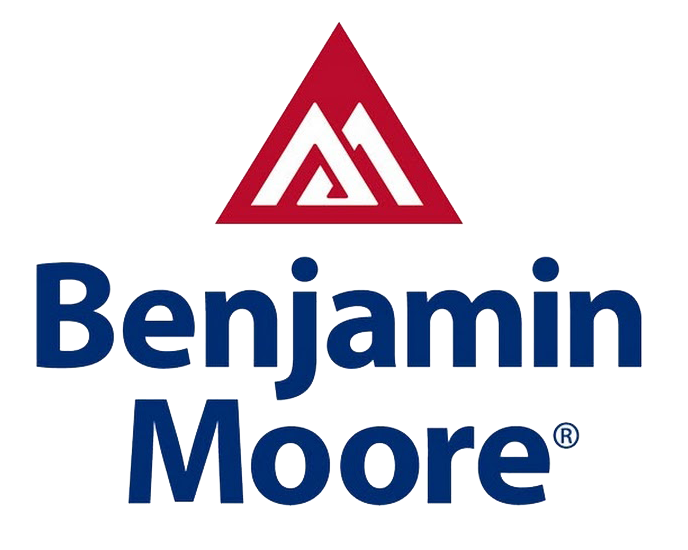Tape/Film: There are different sizes and colors of tape available for what you are trying to do.
Sundries & Their Uses




Yellow masking tape is a general use for paper and plastic film with a stronger adhesive than painters’ tape.

Blue painters’ tape is generally used for straight line edging and cutting in corners. Although you can also do the same with masking tape, painters’ tape has a water repellent barrier to keep paint from bleeding into the protected areas.

Plastic film and Masking paper are both used to cover and protect adjacent areas and spaces not meant for the paint being applied.

Spackling paste/Wood fillers: These are products used to cover or fill holes, blemishes, and any imperfections to smooth out.

Taping Knives/Spatulas/Scrapers: These are tools used to apply any of the pastes and putties and joint compounds.

Sanding Paper/Sanding Sponges: After applying the paste or fillers you will need to sand to a smooth finish. Depending on the grade of the finish you will need to use the grit of the paper.

Caulking/Caulk Gun: The caulk is used to seal gapped edges from trim to walls. The caulk gun will help to apply the caulk which usually comes in a 12 oz. tube.

Joint/Mesh Tape: The paper tape(joint) is mainly used to cover seams from budding two drywall sheets together. While mesh tape is used for patching holes.

Joint compound /Fast Set mud: These are used as the adhesives that hold the paper tape and mesh tape previously mentioned. Using a puddy or taping knife, smoothing out the mud and sanding to the desired finish.

Respirators /Particle Masks: These are crucial in keeping dust or vapors from being inhaled while sanding and or spraying. (Safety First Always)


Coveralls/Spray Hoods/Shoe Covers: Are recommended to avoid getting any debris on yourself.

Gloves: If you have an allergy reaction to any type of chemicals, you might want to wear hand protection as well to keep harmful chemicals if any off of your skin.

Floor Protection: Depending on the degree of protection you need, there are a couple of grades of paper you can use. Builders paper is a 3’ to 4’ ft roll of construction paper usually around 300’ to 400’. Builder Board is a thicker, more durable type of roll. The most common size of 4’x 100’, is for maximum protection to your floors.

Furniture Cover/Floor Runner: There is also a variety of furniture protection available. There is a canvas type of tarp or floor runners with or without a rubber backing. The rubber backing is mainly used so that fluids spilled do not penetrate the cover. It is also used as a non-slip for safety reasons. Painters’ plastic can also double as furniture and floor protection and to avoid overspray. Plastic can come in different mils (thickness) and sizes.

Paint Shields: These are handheld straight edge protectors to keep paint within a particular area with a straight edge usually used in spraying.

Paint Strainers: Eliminates impurities in new and old paint and prepares it for paint sprayers.

General use Buckets: Buckets come in all sizes and with or without measuring fill lines.

Pole Sanders/Blocks: Tools that help improve sanding by stress and pressure on your hands and arms.


Brushes/Roller Covers: There are several types of brushes for different types of paint (water based or oil based). Ergonomics (thick or slim handle or long and short). Types of edge for the project (straight or angled bristle). Size for coverage to carry minimal or maximum product to surface being painted (1” to 4”). Roller covers are typically the same. You will also see nap sizes for different surfaces (smooth to textured finishes).

Paint Thinner: Mineral Spirits used to thin oil based paints.

Lacquer Thinner: Thins Lacquer.

Acetone: HD Cleaner and Degreaser. Also thins resins (Varnishes & Adhesives)

Japan Drier: Speeds up oil-based paints, varnishes & epoxies

